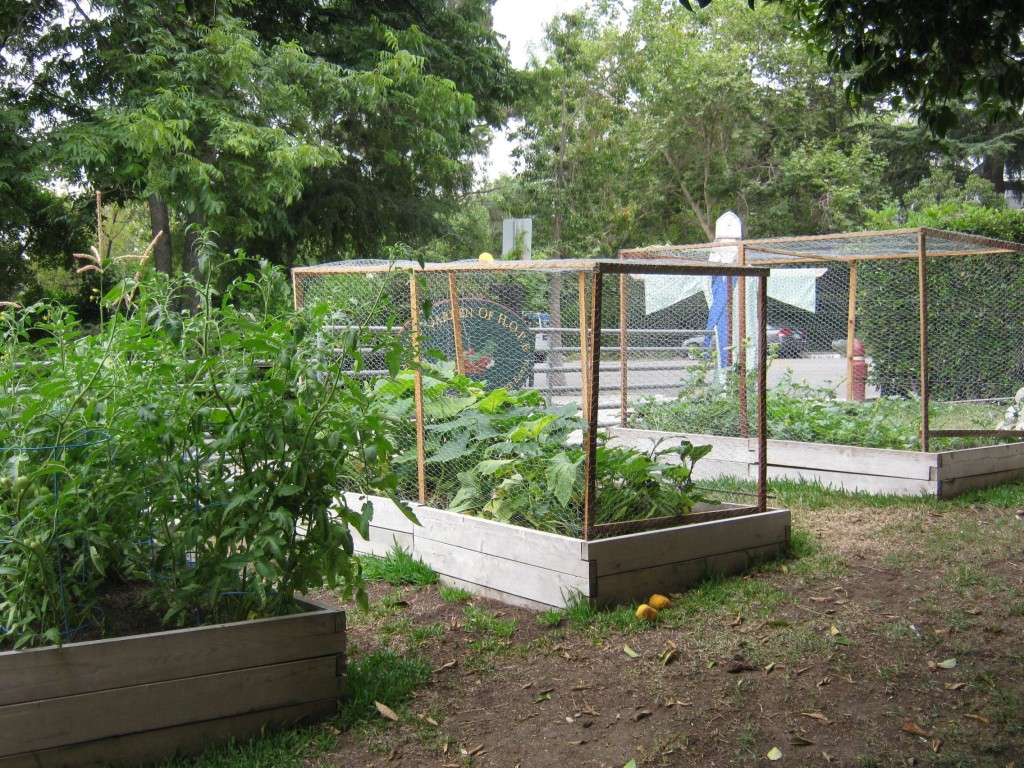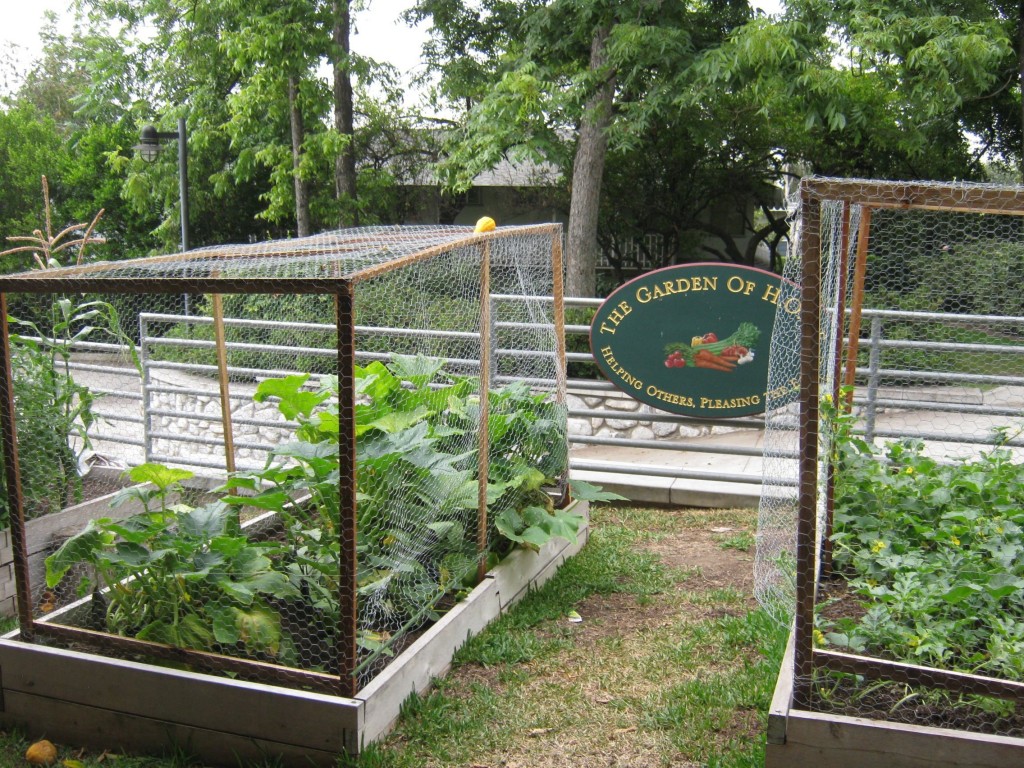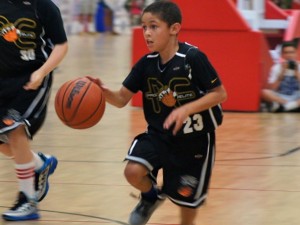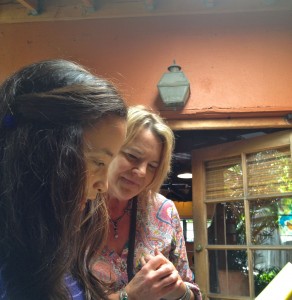

Links: The Gooden School and The Private School Lady


Links: The Gooden School and The Private School Lady
The lazy days of summer continue with time off for our family, a short vacation to see friends and family in the Washington D.C. area, tons of my son’s basketball games and tournaments and, of course, preparation for the kids to start school at Viewpoint in the fall.

We’ve been to new parent welcome events at the school and have a few more coming up. My daughter took a creative writing class at Viewpoint last week. She loved it. A fabulous teacher and new friends! What could be better? My daughter and I met a new family at the her orientation day and the girls have already had two playdates. My son is in basketball star Lisa Leslie’s camp, held at Viewpoint, and it is excellent. She combines drills, playing and techniques with social skills like how to introduce yourself to someone. The kids are all ears. He’s also doing a week of sports camp there. The welcome to Viewpoint has been warm, friendly and incredibly well organized.
When I got the list of possible volunteer activities from the school, I immediately signed up to work on the annual giving campaign and I plan to join the multicultural committee. But, the list of ways to get involved had something for everyone, from chairing committees to being a room parent to working on the annual fundraiser. The way you get involved depends somewhat on your kids’ grade level. Volunteering when your kid is in high school might involve different activities than when you have a kindergartner. After all, would your high schooler want or need you as a room parent?
A few days ago, I got a super-nice email from our host family who has a daughter entering 7th grade. We’ll get to meet them at an event soon.
I can’t say enough good things about how friendly and welcoming Viewpoint has been to our entire family.
Change is good. I don’t take any of this for granted. Not even for a moment. I’m just very grateful for it all.

What characterizes the quality of a great school is a complex puzzle. The pieces can have different shapes at schools of differing philosophies and missions, but there are a few key ingredients that must be present, regardless of their form. One of the most important elements involves the nature of the relationship between the teachers and the students. It doesn’t matter what grade, discipline, or gender we are talking about – each school’s culture reflects its own way teachers and students interact.
One indicator of the school’s formality (or lack thereof) is set by the way teachers and students address each other. Every school sets a tone regarding how faculty and students relate. There are schools that have quite formal structures that define relationships between faculty and students. Other schools are much less formal and you might observe a student talking to a teacher more like a peer than an authority figure. Both formality and informality are demonstrated by either a practice where students call teachers by their first names or the formal alternative, using sir names for teachers and administrators.
Another defining characteristic is whether there are handshakes or hugs. Observing how teachers and students interact is an important way to determine if the school is a good fit for your family and your child. If you’re offended by students who call their teacher “Jennifer,” than you may want to look at more traditional schools. If you want a school where a teacher kneels down and asks a kid who has fallen down if they are ok, rather than a quick “get up buddy, you’re fine,” you need to look for teacher/student interactions that are nurturing and warm. At the secondary school level, if you want your child to consider their teacher a friend or a “cool” mentor, keep an eye out for this type of less formal student/teacher interaction.
When you’re touring schools or talking to other families about a school, look beyond the classroom to the engagement between teachers and their students. Try to observe informal conversations happening at the school, see where teachers spend time with students on the playground or at lunch, and whether teachers make themselves available informally in their classrooms for homework help or questions. What is important from the parental perspective is to observe these relationships, or talk to families involved in the school you are considering, and try to imagine how your child will feel in various kind of school structures.
Ask yourself if your child will be known, accepted, and included. This goes beyond the name, grade and even interest level of a teacher knowing your kid. You want to feel confident that your child’s teachers will understand your child – strengths, weakness, learning style and the essence of who your child is. When a child feels known and accepted, he/she has the freedom to explore, ask questions, test situations and take risks while feeling confident that she/he has a safety net of understanding that will support these efforts and guide their growth. While this is a subtext of the first issue of safety, this requires a personal level of relationship that empowers students beyond the basic issue of security. Your child can be known, accepted and included in a traditional school where structure and formal teacher/student relationships are the practice or in a less formal school culture. You need to know which type of school culture your child will flourish within. It’s worth noting that the school’s culture will also be reflected in its sports programs, art, music, how discipline is handled and other aspects of the school, not just the time your child spends in class.
We all have challenges that arise, but what we hope for our children is that they are placed in an environment that will deal with inevitable situations and difficult issues in a way that supports the emotional growth of our children and reflects the values that are consistent with those of our families.
The most important aspect of your child’s relationship with their teacher, whether formal or informal, is that your child feels known and accepted.
Anne Simon is the co-author of Beyond The Brochure: An Insider’s Guide To Private Elementary Schools In Los Angeles. She has more than 30 years of experience as a private school head of school, admissions director and teacher.

When I co-chaired the Willows School auction, the night of the event, bidding went very well, exceeding our expectations. Wine was flowing and parents were having fun. As the night went on, a dad at our table had a bit too much to drink and spilled a bottle of champagne all over the table without even noticing. Lucikly, I didn’t get wet. My husband sweetly bought me a pair of diamond earrings I really “needed.” There was proxy bidding, but nothing got out of control. Bidding for popular items was spirited and the competition was friendly.
At school auctions, parents who purchased a big-ticket item occasionally get buyer’s remorse and try to avoid picking up the item. The event co-chairs discreetly encourage the buyer to pick up the item or they find another buyer. Sometimes the project involved is a kid’s class art project and the buyer decided that $5K is too much for little Lulu and her classmates’ self-portraits. I can’t imagine bidding for a class project going so wrong it ends up in a lawsuit! But, then again, $50K for a kindergarten art project is on the high side…
This is a must-read story about an expensive NYC private elementary school auction involving a proxy bidder who spent $50K of a wealthy family’s money on an over-priced kindergarten art project. The parents are suing the school and removed their kid.
Click on link below for story:
For many parents, even the thought of applying to top private elementary schools in Los Angeles can be overwhelming. Competition is fierce for private schools all over the greater L.A. area, but knowing how to get started can help ease your anxiety.
Many top-tier schools in the L.A. and Pasadena region receive more student applications than they can admit.
Here’s an introduction to how it all works to make the process of getting into private schools more manageable for your family:
Feeder Preschools
Some of you may have heard the term “feeder preschools.” These are preschools that send their graduates to specific private elementary schools each year. While “feeder” preschools are often popular and hard to get into, you should select a preschool that best fits your child and your family’s needs, irrespective of whether it is a “feeder” school.
And, don’t forget, even if your child attends a “feeder” preschool, that won’t guarantee he/she will get into a particular elementary school. Having a well-connected preschool director can help, but private elementary schools accept children for kindergarten from a wide range of preschools.
Applying For Kindergarten
The private elementary school application process begins in September, the year before your child will enter kindergarten.
Here’s how it works for most private schools:
• Tour schools at least one year before child will enter kindergarten in September.
• Submit written applications to schools.
• Prepare for parent interviews (schools interview parents about your family and your child).
• Student testing—or visiting day. (For some Pasadena schools, kindergarten applicants take the Integrated Learning Solutions administered test).
• Admissions letters are mailed in March for most schools.
Tour Early
If you’re thinking about applying for kindergarten, you may want to begin touring schools two years before you apply. This will give you an opportunity to find schools you really like and eliminate those you don’t think are right for your child. And, some schools offer tours up until May and start again in August. You can also call and ask for an individual tour for your family.
This is a big time saver. And, the year you’re applying to schools you will be able to visit your favorite schools a second time to learn more about the school. You should tour at least eight schools to get a feel for the various types of schools. It’s impossible to learn about the school based on another parent’s feedback. You really have to see each school yourself!
What do Private Elementary Schools Really Look for?
This is the million dollar question. The reason the top private elementary schools in L.A. and Pasadena are difficult to get into is that there are far more applicants than openings. So, schools can be extremely selective in which families they accept. Most schools are looking for a good fit between the child and the school. They want kids they can teach and kids who will excel at their school—from kindergarten through graduation.
They also want parents who understand and embrace their educational philosophy. Families that will be involved in the school, volunteering time and contributing financially, are also an important consideration in admissions decisions.
Schools also need to have an equal number of boys and girls per class. After all, you wouldn’t want your daughter in a class of 18 boys and 2 girls, for example. And, they look for ethnic and socioeconomic diversity whenever possible.
A few of the intangible factors involved in admissions decisions are:
• A child may just meet the cutoff date for age requirements and could benefit from an extra year at preschool. In other words, the child is too young for kindergarten in the school’s opinion.
• Your child is a legacy—that is, you or your spouse attended the school. This can be a big advantage.
• A family’s connections or contacts at the school. Connections and letters of recommendations from parents at the school or board members don’t guarantee admission, but can certainly help.
• Being a member of the school’s church or temple can give a family priority in admissions.
• Support from your preschool director on your child’s behalf in the form of a call to the admissions director is advantageous.
The Cost of Private Elementary School
Private elementary schools require you to open your wallet. The top schools range from $17,00 to $24,000 per year. However, there are schools that cost less per year and a few that cost more annually. You should also know that tuition generally rises between 4-8 percent per year.
Private schools also expect every family to participate in their annual giving campaign. The amount is up to each family and typically ranges from a few hundred dollars per year to tens of thousands. Tuition alone does not cover the cost of running these schools, so auctions, fairs and other events are held to cover the gap between the tuition paid by each family and the school’s budget needs. Additional expenses to consider include enrichment classes, hot lunch, field trips and sports programs.
Financial Aid
Financial assistance is available for families that qualify. The financial aid application is a separate application process from the school’s admissions process. Typically, schools award financial aid to cover part—but not all—of the tuition. And, most schools assume families will need financial aid for the entire time their child is at the school.
However, you will be required to apply for aid every year. At most schools, admissions decisions are separate from financial aid decisions. But, at a few schools, a family’s financial needs may be considered as part of the admissions decisions.
Schools do not want to admit families that have no means to pay tuition. Last year was a very difficult year for new families requesting financial aid because of the fragile economy. This year, the situation has been very similar as existing families that have requested aid for the first time are granted the assistance so that they can remain at the school. Some schools are raising additional funds to offer financial aid to new families.
Go Ahead, Apply!
Los Angeles and the San Gabriel Valley have wonderful private elementary schools geographically accessible to you. If you’re thinking about applying to private schools, go for it! Yes, it’s competitive, but your child has just as good a chance as the next child to be accepted. The process is difficult.
My co-authors and I like to say that private elementary school admissions is like a game that anyone can play as long as you as you understand its rules. So, try to ignore the hype and focus on getting through the process. In the end, once your child is accepted at a great school, all the ups and downs of the admissions frenzy will be forgotten.
A version of this post was previously published in the Eagle Rock Patch